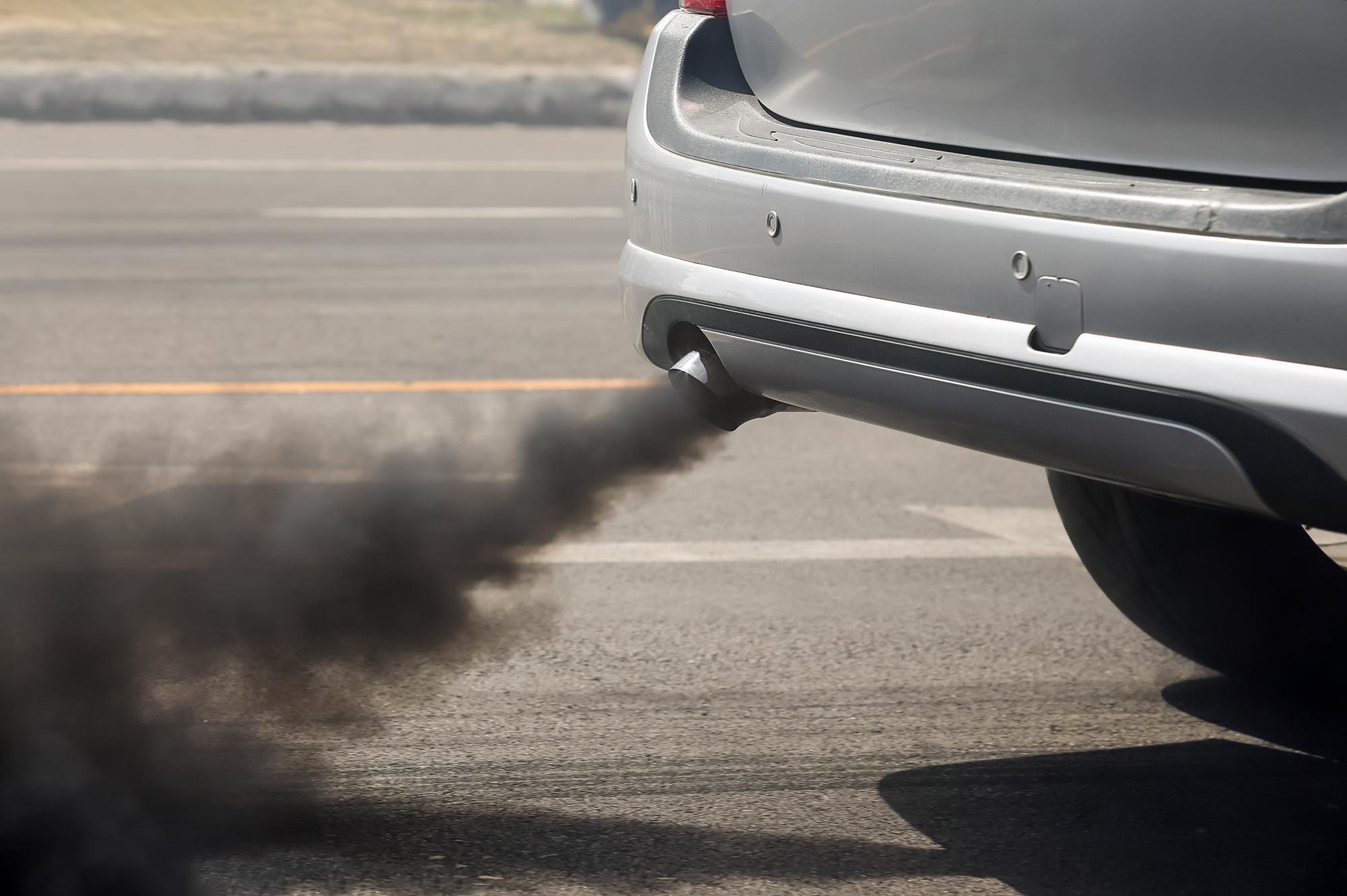May 24 2021
According to a study, pregnant women who are excessively exposed to ultrafine particles in the atmosphere are more likely to have offspring who developed asthma. The study was published in the American Journal of Respiratory and Critical Care Medicine journal in May 2021.

Image Credit: shutterstock.com/ Toa55
This is the first-ever study where asthma has been associated with prenatal exposure to this form of air pollution, which has been dubbed for its microscopic size and is not routinely tracked or controlled in the United States.
Slightly over 18% of the kids born to these mothers were found to develop asthma in their preschool years when compared to 7% of overall children in the United States recognized as having asthma by the Centers for Disease Control and Prevention.
Other kinds of pollutants are regularly tracked and controlled to decrease possible health effects, like gaseous pollutants, including nitrogen dioxide, and larger-size particulate pollution. In previous studies, these pollutants have been linked to the risk of asthma in children.
The new research work regulated the exposure to these other kinds of pollution and also exposure to pollutants after birth, but it still found an increased asthma risk in children born to mothers with increased exposure to ultrafine particles during their pregnancy.
Ultrafine particulates are particles that are smaller than the thickness of an average human hair. They can penetrate deeper into the human lungs and travel into blood circulation to cause a range of health effects. Due to this, the team stated that the toxic effects of these particles may, in fact, be higher.
One reason ultra-fine particulates are not routinely monitored is that there have been a number of unique challenges to measuring them accurately. Fortunately, recent methods have been developed to provide such exposure data which allowed us to conduct this study.
Rosalind Wright, MD, MPH, Study Lead Author and Horace W. Goldsmith Professor, Children’s Health Research
Dr Wright is also the Professor of Environmental Medicine and Public Health and Co-director of the Institute for Exposomic Research at the Icahn School of Medicine at Mount Sinai.
The new study included a total of 376 mothers and their kids, a majority of them Latinx or Black, living in the Boston metropolitan area and were already being tracked to evaluate their health.
Scientists from Mount Sinai collaborated with a team of researchers from Tufts University in the Boston area. The latter team had devised a method to offer valid day-to-day estimations of exposure to ultrafine particulates, which could be associated with the area of the children’s and mothers’ homes.
A majority of these women probably live close to major roadways that have a higher density of traffic where exposure to these ultra-fine particles tends to be higher.
The team tracked the mothers to determine whether the kids were diagnosed with asthma. A majority of asthma diagnoses occurred only after three years of age.
In utero exposure to tiny air particles can alter the development of lungs and respiratory health. This can cause pediatric disorders, including asthma.
Although scientists are not fully aware of how this happens, pollution can modify specific bodily regulatory systems, such as the immune and neuroendocrine functions that have been associated with asthma in other research works.
While prenatal ultrafine particle exposure affected both girls and boys, the new study noted that female babies were more sensitive to the effects of ultrafine particle pollution on asthma risk when exposed during late pregnancy.
While the reason for this phenomenon is also vague, analyses have demonstrated that it might be due to the endocrine-disrupting effects of exposure to pollution.
This research is an important early step in building the evidence base that can lead to better monitoring of exposure to ultrafine particles in the United States and ultimately to regulation. As we advance methods for measuring these tiny particles, we hope for replication of these findings, both within different geographic areas across the United States as well as globally.
Rosalind Wright, MD, MPH, Study Lead Author and Horace W. Goldsmith Professor, Children’s Health Research
“Childhood asthma remains a global epidemic that is likely to grow with the anticipated rise in particulate air pollution exposures due to effects of climate change,” concluded Dr Wright.
The study was financially reported by grants from the National Institutes of Health, including the Environmental Influences on Child Health Outcomes (ECHO) Program.
Journal Reference:
Wright, R. J., et al. (2021) Prenatal Ambient Ultrafine Particle Exposure and Childhood Asthma in the Northeastern United States. American Journal of Respiratory and Critical Care Medicine. doi.org/10.1164/rccm.202010-3743OC.